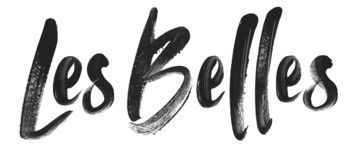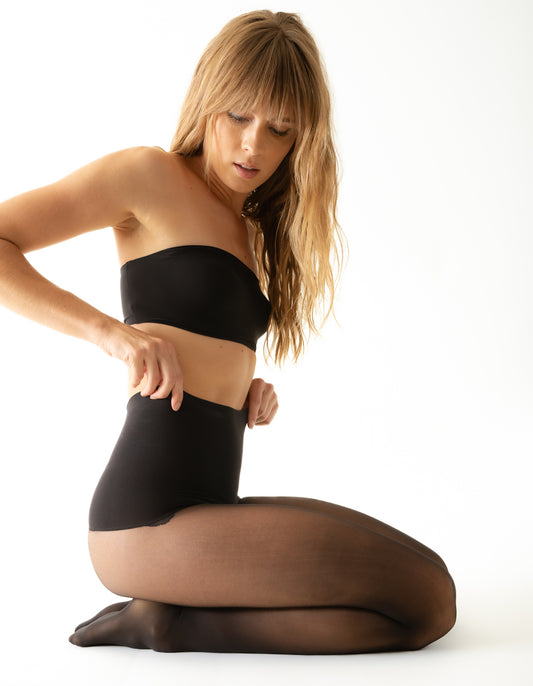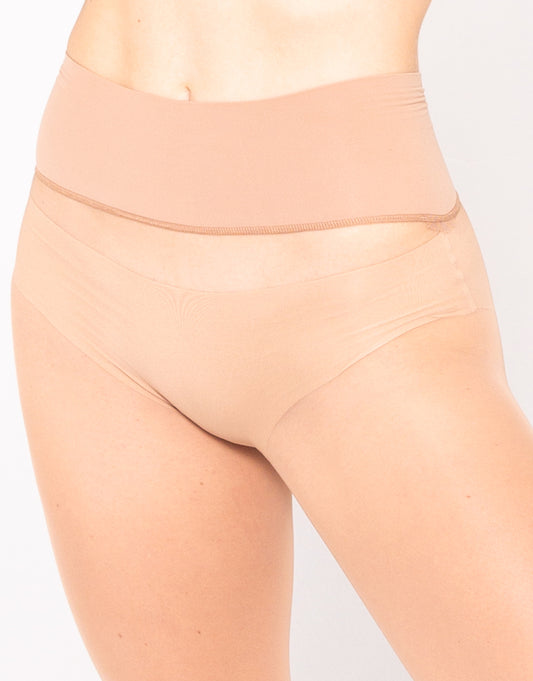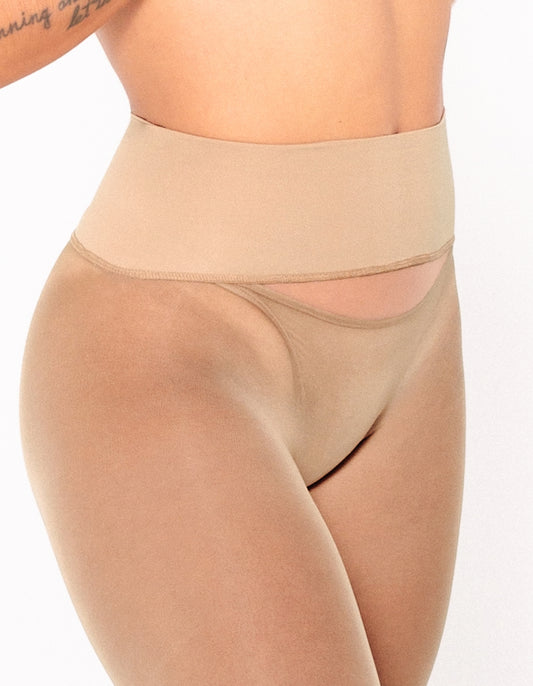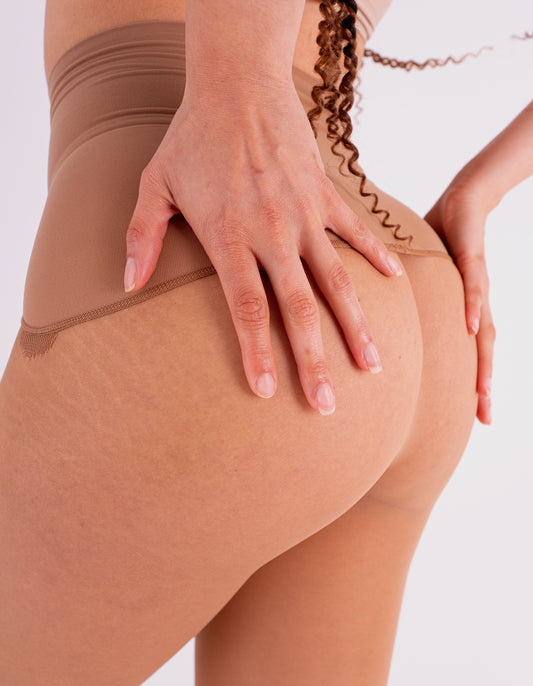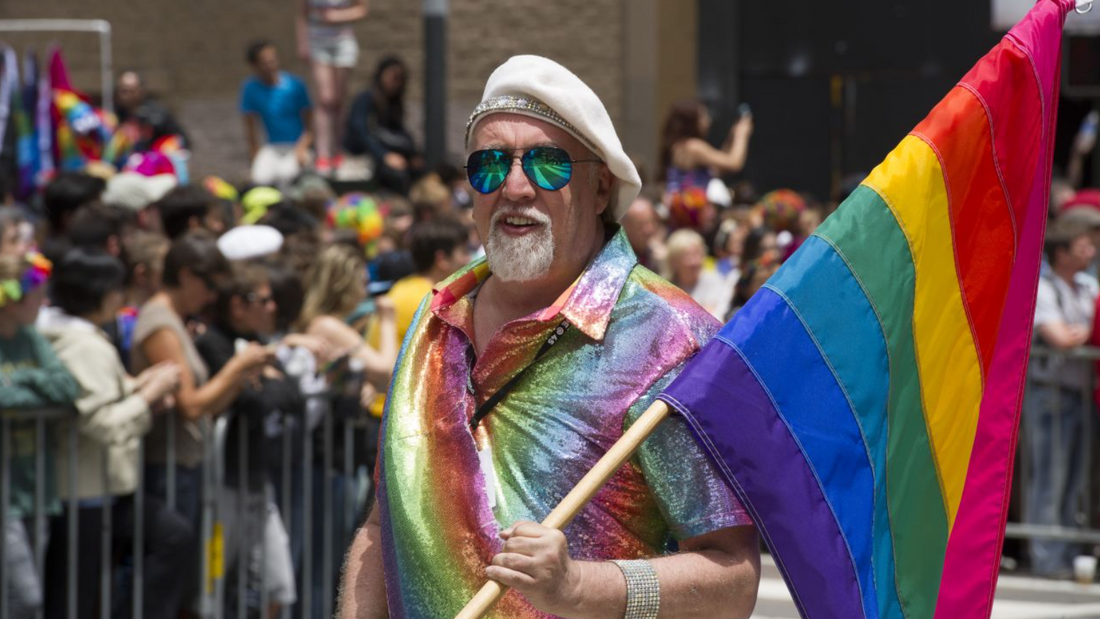
The rainbow and beyond
When we think of Pride our minds automatically flash to the rainbow stripes of the iconic flag. The rainbow is an important and highly recognizable symbol of the LGBTQIA+ community. The bold colors are celebrated and waved through cities with proud delight. Most of us can easily identify the vivacious colors but do we know what they mean?

The rainbow Pride flag first came to light in 1978 when the artist and activist Gilbert Baker was tasked with creating a positive symbol the LGBTQIA+ community as a whole could rally behind. The prominent gay rights leader Harvey Milk saw a need for a fresh and lively new symbol to carry the movement and knew Baker had the skills to create something great. The intermingling and equal representation of each stripe of color was a fabulous representation of the beautiful diversity of the LGBTQIA+ community.
The rainbow flags were first released in San Francisco at the 1978 “Gay Freedom Day” parade. The community took an immediate liking to the bold and vibrant flag as it quickly became the most popular symbol of gay pride. Soon after the flags went on to be mass produced and distributed around the country to be flown at pride events all over.

The famous flag has stood the test of time and is ever present at pride celebrations today as it was in 1978. The rainbow stripes are an enduring symbol of pride and support for lesbian, gay, bisexual, transgender, queer, non-binary, non-conforming and pansexual people. It’s commonly known the dazzling brightly colored flag represents pride, however less commonly known the meaning behind each color.
When Baker designed the flag he intended each color to represent joy and pleasure. The original flag had eight stripes, the hot pink and turquoise were eventually removed leaving the final six stripe version we now know.

In addition to the iconic rainbow Pride flag, several other flags with different symbols and color combinations exist to celebrate various gender identities and orientations under the LGBTQIA+ umbrella, including asexual, bisexual, genderfluid, and non-binary, and several others.

